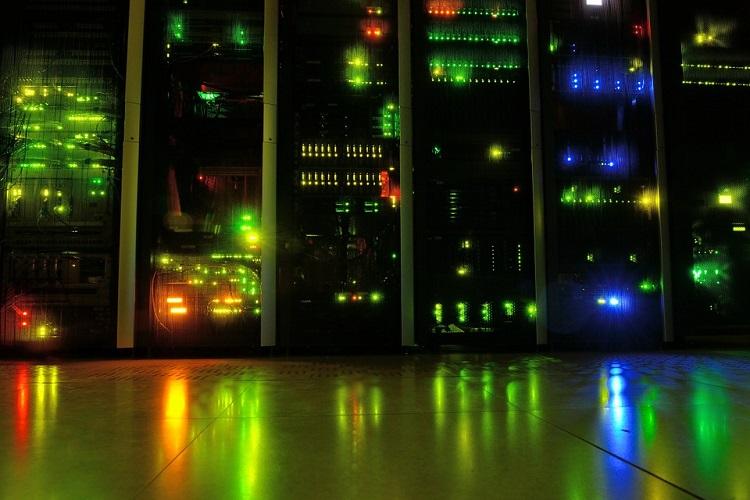
The demand for video content today has reached a tipping point. Increasingly Media & Entertainment (M&E) companies are adopting advance technologies like VR/AR to provide consumers with richer more immersive content experiences. In fact consumer entertainment VR and OTT video content is touted to be among the fastest growing categories in the M&E sector.
But managing this kind of video data isn’t as straightforward, in fact industry experts say VR content may need up to 20 times more storage space and up to 6 gigabytes of bandwidth per second than an HD video. For example Google Video content depends on 360-degree views that require the content to keep running while people turn their heads and interact with VR environments. Additionally speed plays an important role in storage, too, especially since many of these applications support real-time environmental changes and viewpoints served up to users almost instantly. In the case of OTT, a 25mbps bandwidth connection typically only supports one over-the-top stream and one or two smartphones. In a country like India which is all set to become one of the top OTT markets in the world, the bandwidth and storage implications it will have on M&E datacenters will be enormous.
As worldwide media consumption evolves inexorably towards digital, M&E companies will increasingly seek infrastructure solutions that can enable them to meet consumer demands. Datacenters would need to be built for high performance that can facilitate the seamless experience that such type of immersive content would require. High-performance computing (HPC) is among the suggested methods to equip datacenters for OTT and VR. HPC increases the processing power and data performance capabilities without increasing rack space.
M&E datacenters adapting to high performance computing workloads often require intelligent power management solutions, DCIM solutions and KVM-over-IP that can help them monitor and optimize space, power, and cooling. Workload behavior analysis and intelligent workload placement should be the key driver for technology selection.
Rack PDU metering is one of the fundamental features that sets intelligent PDUs (iPDs) apart from basic PDUs. iPDUs provide more compute and memory power to support new applications and help gather and analyze data on electricity used by IT equipment, available power capacity in datacenters, and cabinet environmental health. They also have more sensing and infrastructure data collection points.
With DCIM (Data Center Infrastructure Management) solutions, M&E datacenters are able to mitigate the risk of downtime by offering real-time alerts. It enables accurate measurements, device and cabinet-level monitoring.
Delays or latency can be devastating for M&E datacenters. This is why they need to consider storage solutions that can handle dynamic needs and produce the content quickly to avoid latency. KVM-over-IP supports traditional IT and datacenter applications, and is perfect for broadcast, entertainment, and other dynamic applications that require high performance video streaming. It delivers stellar virtual at-the-rack video performance, using next-generation features, such as ultrafast screen refresh, high-definition remote video resolution, advanced color calibration and per-server video optimization. Users view the full video display from the target server without window borders or tool bars. In addition KVM-over-IP also features lower Total Cost of Ownership (TCO), multi-vendor support, enhanced security and flexible user management.
Staring ahead at a video-propelled future, M&E companies cannot ignore the demands it will place on storage, speed, power and computing capacities it will need. In fact experts believe it is a matter of time before multi-user VR content experiences gain momentum. In order to facilitate a seamless immersive viewing experience M&E companies will need to invest in High-performance computing (HPC) datacenters that can adapt to artificial intelligence workloads, Companies that fail to be mindful of these needs and changes with the increase in user volumes will be considered less competent than other players in the marketplace.
The author is Vice President at Raritan APAC

 In
In
Add new comment